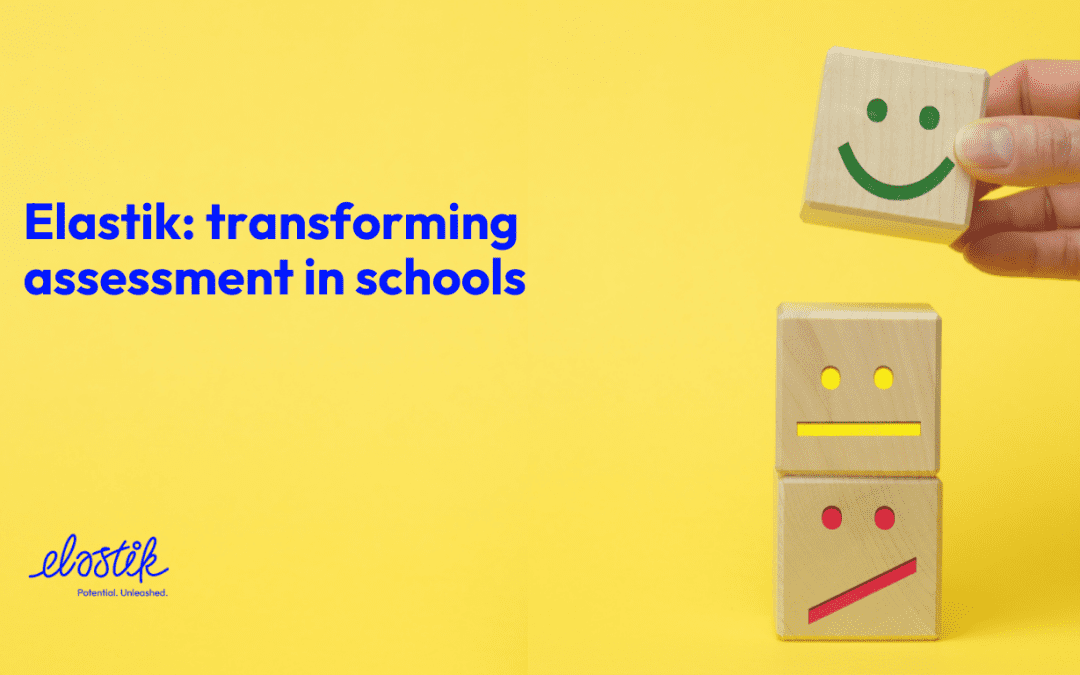Historically, school leaders have had to weigh up the clear benefits that ongoing assessment provides with the practical challenges that they present.
Troy Sharpe, head teacher at St Andrew and St Francis Primary School in the London Borough of Brent talks about how Elastik has changed that landscape at the school.
Assessment in schools is about understanding where children are in their educational journey and how to help them move forward.
Despite the obvious positives, the process has historically presented two inherent barriers for teachers.
The first is workload.
When I first started in education in the UK, back in 2002, teachers would complete paper grids to analyse the question responses.
This was such an immense amount of work that many teachers wouldn’t actually use the grids at all.
I remember spearheading a transition to Excel spreadsheets, to digitise the process and make it simpler for teachers. But this still required them to sit down and work through the data, question by question. Did a child get the answer right, did they get it wrong, did they even attempt to answer it?
Teachers are already stretched with their day-to-day workload and, despite the evolution from paper grids to Excel spreadsheets, data-gathering and entry have remained labour intensive.
Gathering the data is only part of the problem.
The second barrier is this: Do teachers have the necessary skills and know-how to use the information they have in their grasp?
Some teachers will love digging into the data but many do not have the background and training, or the inclination, to get the full benefit.
Elastik captured my imagination because it manages both those problems and does so much more.
In schools we are always looking at workload and that is something Elastik can help to change – through automation and through the instantaneous information that it provides to teachers.
There is no need to send data away for external analysis plus teachers can use the platform whenever they need it, so they can build it into their teaching practice.
The data is shown using ‘Big Bubble, Big Trouble’ visualisations which make it really easy to know where to target the main support and bring the majority of people on that journey. This means it can be used to support an entire cohort. There are also opportunities to support SEND initiatives, including the use of interventions and support for small groups.
For me, what is most refreshing is that Elastik encourages a different way of thinking about assessment.
The goal of Elastik is progress.
By focusing on progress, the attainment looks after itself. By identifying the gaps in understanding it accelerates pupils progress.
And that’s what we’ve found so far, using the bubbles has helped our school to plug those gaps and accelerate the whole class.
Personalised learning journeys for each and every student.
Troy Sharpe has 23 years in the education sector and holds the National Qualification of Executive Leadership. He has been headteacher at 4 inner London primary schools where he has led improvement whether from special measures to good or from good to outstanding. He has a deep interest in innovation in assessment and has delivered a SATS gap analysis tool which was adopted by North Islington Zone primary schools and a digital learning platform implemented across 11 schools in the London Diocesan Board Academy Trust. His current post is Head Teacher at St Andrew and St Francis in Brent, London.



Recent Comments